KLC
Shiny_Rock
- Joined
- Feb 18, 2019
- Messages
- 300
I found a pair of 2ctw ruby earrings online and while looking at the description of the stones I saw that they are flux healed. They are extremely cheap of course but untreated rubies are out of my budget. However, I don't want to buy something that I have to worry about damaging them while cleaning them. Especially since they're set in sterling silver. What are the drawbacks to this treatment other than value?

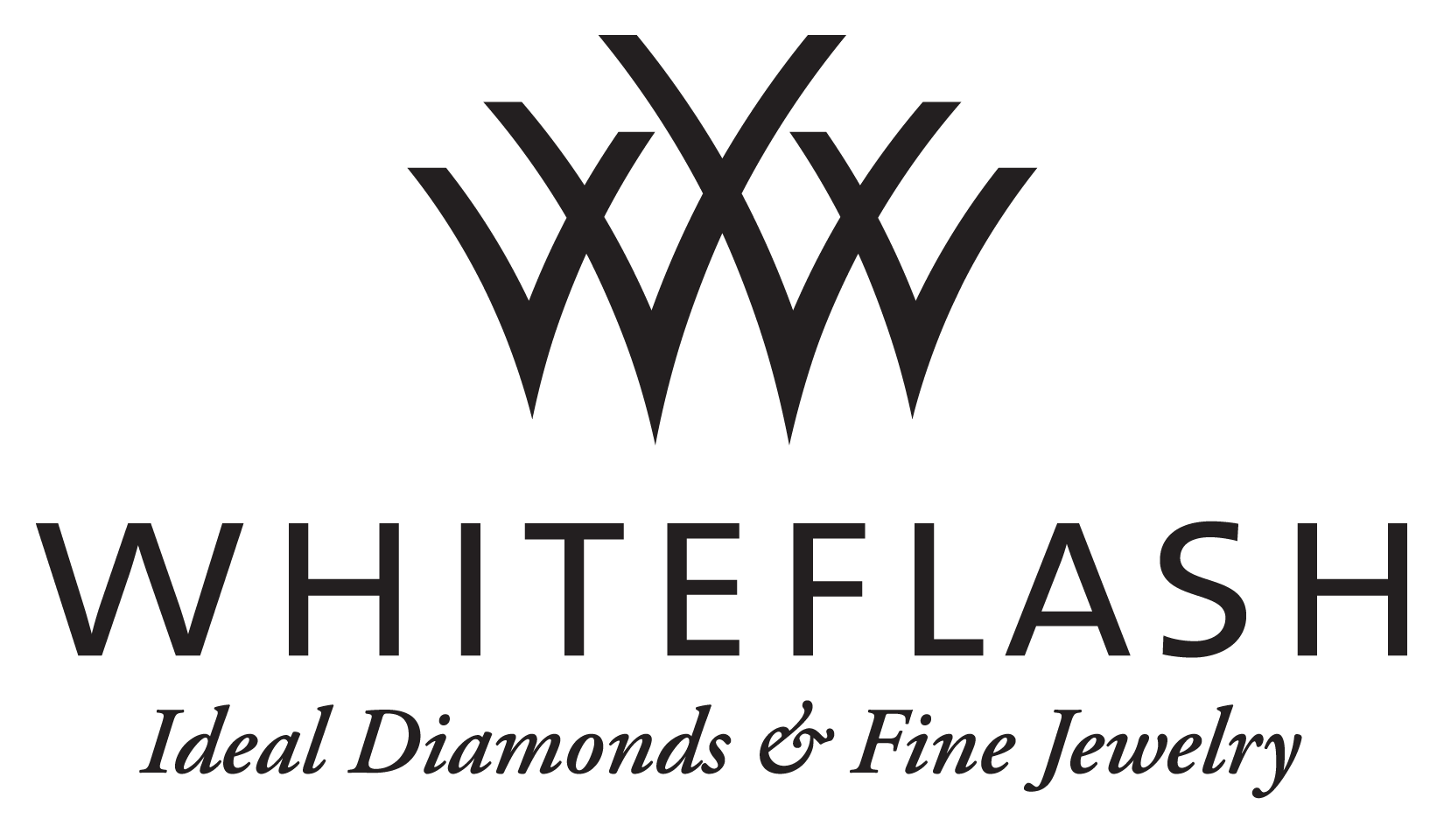
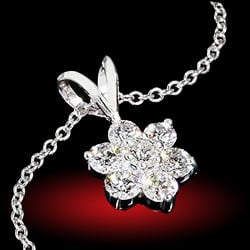
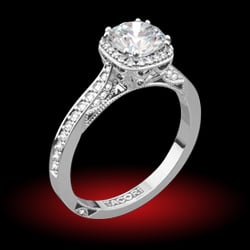
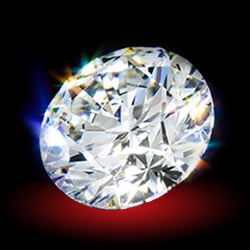
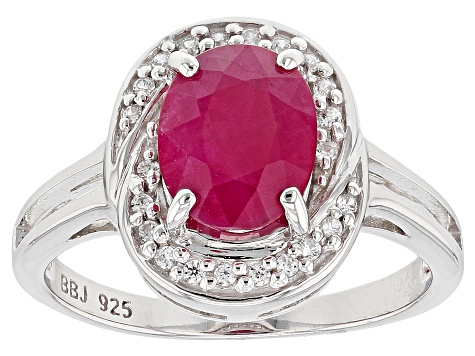
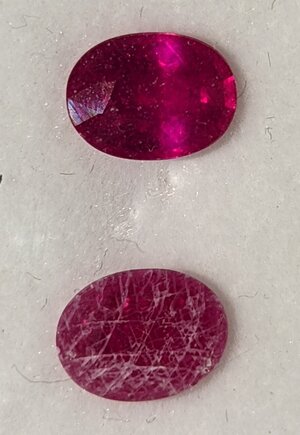


300x240.png)